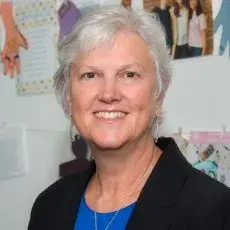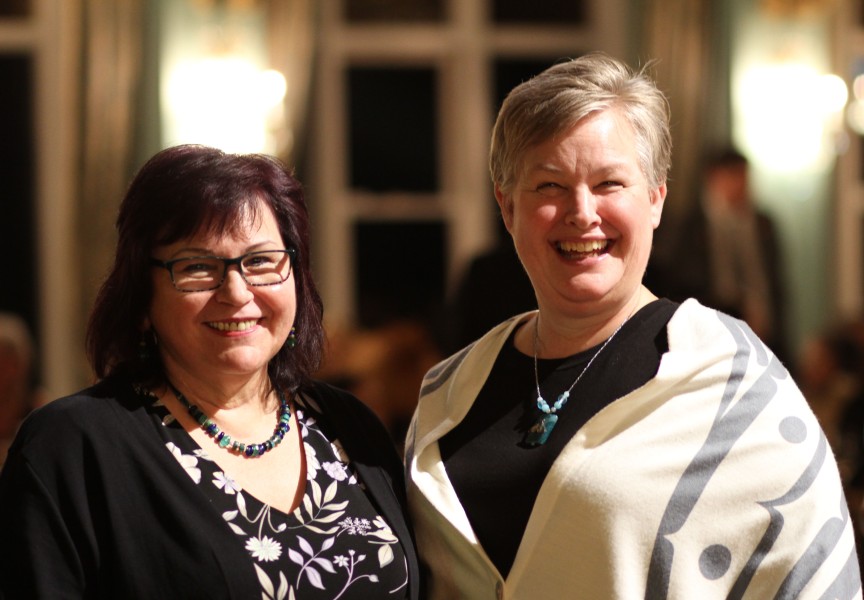In late February the First Call Child and Youth Advocacy Society released their annual Poverty Report Card, announcing that in 2021, 14 per cent of children were living in poverty - while on reserves this is more than double the provincial rate.
“We are seeing recent results of three separate surveys that tell us very clearly that many kids in this province are not ok,” said the Representative for Children and Youth Jennifer Charlesworth in a press release announcing worrisome data from 2021. “This frankly alarming data is highlighting that we urgently need to be doing more to support the health and wellness of our young people.”
First Call’s annual report card indicated that 126,120 children are experiencing poverty in the province, making B.C.’s rate 14.3 per cent in 2021. While the child poverty rate is 1.3 per cent below the national average, children five and under are experiencing a rate of 13.8 per cent, increasing by 6.2 per cent since 2020.
One in seven children in British Columbia experienced poverty that year, but for First Nation children living on reserves the child poverty rate was over double at 31 per cent, while rural reserves met a rate of 35 per cent.
Data collected was based on only 67 First Nation reserves in British Columbia.
In an interview with Ha-Shilth-Sa, Charlesworth shared that they are anticipating a continued increase in child poverty rates in 2022 and 2023.
“One of the greatest contributors to poverty is the cost of housing,” said Charlesworth. “And now more recently, and especially in the last couple of years, so that isn't even showing up in this data, is the cost of living and the cost of food.”
Charlesworth notes that salaries have not increased to the same degree as the cost of living.
“The most important thing from my perspective as an advocate is, families need support in order to nurture their children,” said Charlesworth. “Children are nested in families and families are nested in community.”
Port Alberni was among the highest reported poverty rates in the First Call report, sitting at 20.3 per cent, only second to Prince Rupert with a child poverty rate of 22.7 per cent.
According to the Alberni Clayoquot Health Network, based on data from 2016, 1,880 children throughout the region experienced poverty. Children of a two-parent household experienced poverty rates at 15 per cent, while children with one parent hold a poverty rate of 62 per cent.
“Indigenous ways of knowing are so important because it was always envisioned that the village raises the child, the extended family raises the child,” said Charlesworth.
With a lack of sufficient income, housing security and food security it becomes very difficult to nurture children, Charlesworth noted.
“We need to be taking a look at equity and substantive equality, so that wherever a family resides, whether it's on-reserve or off-reserve, and then they have access to the services that they need,” said Charlesworth.
According to the First Call report, government transfers, such as provincial social assistance (welfare), Canada Child Benefits, and COVID-19 pandemic benefits play a significant role in reducing child poverty rates in the province.
“In 2021, without government transfers to family incomes, British Columbia’s child poverty rate would have risen to 29.6 per cent, leaving 260,470 children poor that year,” reads the report.
In 2021 government support for low-income families kept 134, 350 children out of poverty in B.C.
The report outlines recommendations, including the collaborative effort of federal, provincial, and First Nation governments to address the multiple factors that contribute to child poverty for Indigenous children, assurance of Jordan’s Principle application, and assurance of culturally safe supports for children living off-reserve.
“There needs to be sufficient resources made available because traditional economic distribution and resources and whatnot have been taken away as a result of colonization,” said Charlesworth. “I think it's really important to see those inequities and recognize that poverty has so many ripple effects [and] food insecurity has so many ripple effects through the lifespan.”
“It's unconscionable to me that we would stand by and not address those inequities so that there is an opportunity for all children to thrive [and] to have the basics of what they need,” said Charlesworth.







